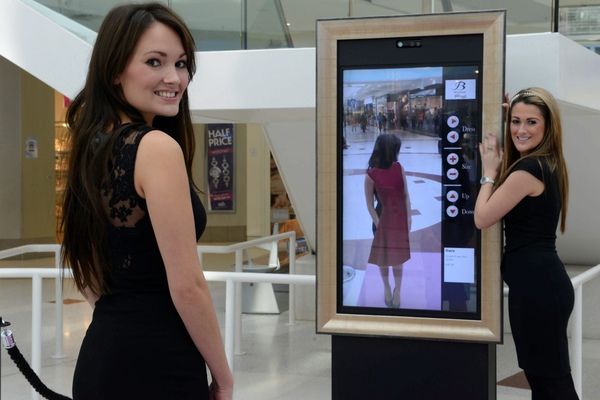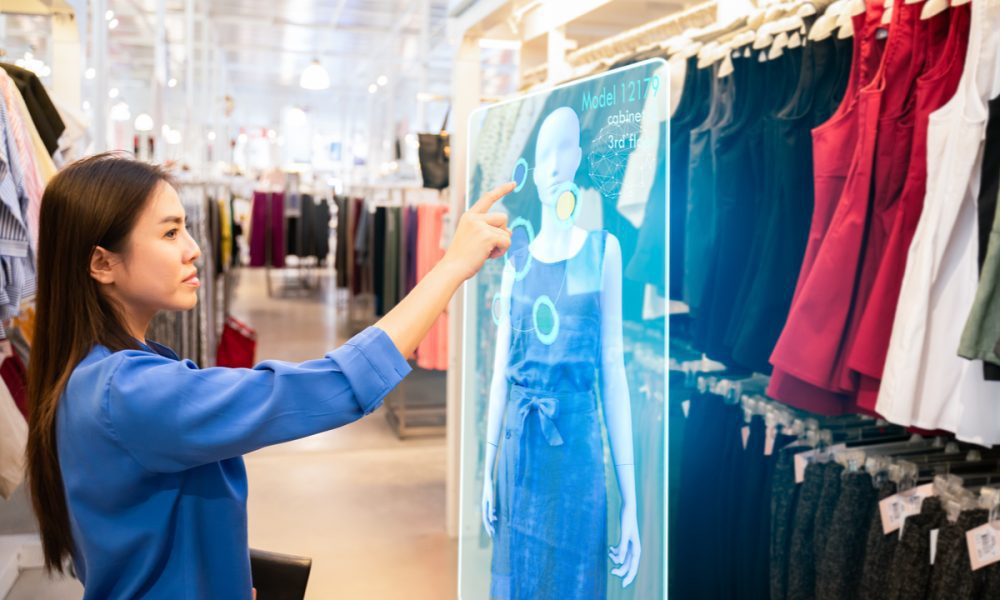Online shopping has become an increasingly popular way for consumers to purchase products. However, one of the biggest challenges that online retailers face is the inability of customers to try on clothing before making a purchase. This has led to many customers being hesitant to buy clothes online, which in turn has resulted in lost sales for retailers. But with the rise of virtual fitting rooms, this challenge is starting to be addressed, and the online shopping experience is being revolutionized.
What are virtual fitting rooms?

Virtual fitting rooms are software programs that use augmented reality technology to allow customers to try on clothing virtually. Customers can upload a photo of themselves or use their webcam to see what an item of clothing would look like on them. The software uses advanced algorithms to adjust the clothing to fit the customer’s body, giving them a realistic idea of how the clothing would look on them.
Why are virtual fitting rooms important?
Virtual fitting rooms are important because they help to solve one of the biggest challenges of online shopping – the inability to try on clothing before making a purchase. By allowing customers to virtually try on clothing, retailers can provide a more personalized shopping experience that is similar to the experience of shopping in a physical store. This helps to increase customer satisfaction and can lead to increased sales for retailers.
The benefits of virtual fitting rooms
- Increased Customer Confidence – Virtual fitting rooms give customers the ability to see how a piece of clothing will look on them before making a purchase, which increases their confidence in their buying decision.
- Reduced Returns – By allowing customers to virtually try on clothing, retailers can reduce the number of returns due to sizing issues or dissatisfaction with the product.
- Personalized Experience – Virtual fitting rooms provide a personalized shopping experience that is tailored to the customer’s body type and preferences.
- Cost Savings – By reducing the number of returns, retailers can save money on shipping and restocking fees.
Examples of virtual fitting rooms
There are several companies that offer virtual fitting room technology, including:
- Virtual Try-On by Shopify – This app allows retailers to add virtual fitting rooms to their online stores.
- Fit Analytics – This software uses machine learning to provide personalized fit recommendations to customers.
- Style.me – This software provides a virtual styling assistant that helps customers create outfits and try on clothing virtually.
The rise of virtual fitting rooms is revolutionizing the online shopping experience. By providing customers with the ability to try on clothing virtually, retailers are able to provide a more personalized shopping experience that is similar to the experience of shopping in a physical store. This helps to increase customer confidence, reduce returns, and provide a more cost-effective solution for retailers. As technology continues to advance, virtual fitting rooms are likely to become even more prevalent, making online shopping an even more enjoyable and convenient experience for customers.


